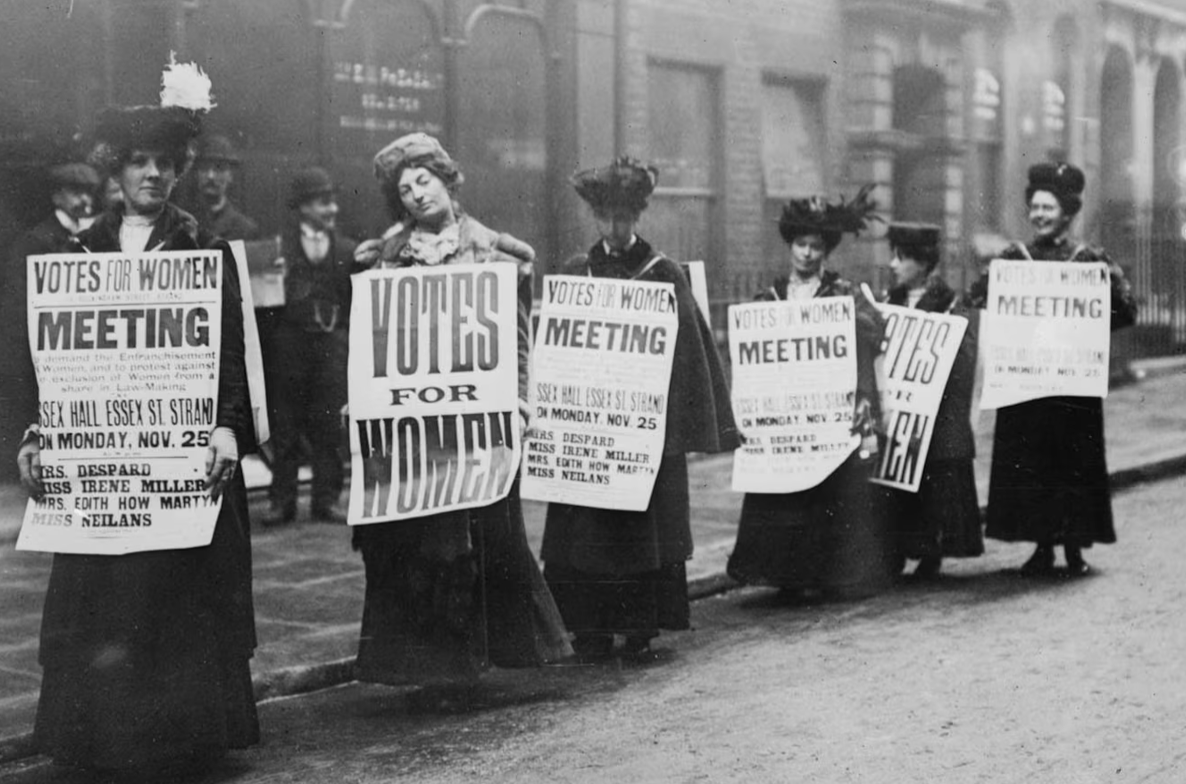From a local grassroots celebration in California to a federally recognized observance, Women’s History Month represents one of the most successful efforts to correct historical narratives that had long overlooked women’s contributions. The movement began modestly in 1978 when educators in Santa Rosa, California, initiated a Women’s History Week to coincide with International Women’s Day on March 8. This community-driven celebration aimed to spotlight women’s vital but often unacknowledged roles in shaping American society and culture.
The Deep History
The local initiative quickly gained momentum as other communities across the country recognized the importance of honoring women’s historical achievements. By 1980, the grassroots movement had gathered enough national attention that President Jimmy Carter officially designated the week of March 8 as National Women’s History Week.
In his proclamation, Carter acknowledged a fundamental truth that had motivated the original Santa Rosa organizers: “Too often the women were unsung, and sometimes their contributions went unnoticed. But the achievements, leadership, courage, strength, and love of the women who built America was as vital as that of the men whose names we know so well.”
The transition from a week-long observance to a month-long celebration marked a significant milestone in the recognition of women’s historical contributions. In 1987, after consistent advocacy from women’s organizations and educators, Congress passed a resolution that officially established March as Women’s History Month.
This expansion provided more time and opportunity for schools, communities, and cultural institutions to develop meaningful programming that could more thoroughly examine women’s multifaceted roles throughout American history. The congressional designation also lent greater legitimacy to efforts aimed at integrating women’s experiences into mainstream historical narratives.
Since its national establishment, Women’s History Month has developed into a robust celebration that extends far beyond classroom lessons. Libraries organize special collections highlighting women authors and historical figures, museums develop exhibits showcasing women’s artistic and scientific achievements, and media outlets feature special programming detailing the often-overlooked stories of female pioneers.
This evolution reflects a deeper shift in American culture—a growing recognition that understanding women’s history is essential to comprehending the full American story rather than simply an optional add-on to traditional historical accounts.
Women’s History Month honors an impressive array of female pioneers who have shaped American society across every field of human endeavor. The celebration highlights historical figures like Sacagawea, whose knowledge and diplomatic skills were crucial to the success of the Lewis and Clark expedition, and Harriet Tubman, who risked her life repeatedly as a conductor on the Underground Railroad before serving as a spy during the Civil War.
Suffragists Elizabeth Cady Stanton and Susan B. Anthony receive recognition for their seven-decade struggle to secure women’s voting rights, while aviation pioneer Amelia Earhart is remembered for breaking barriers in a male-dominated field.
Contemporary leaders also receive well-deserved recognition during the month-long observance. Diplomatic pioneer Madeleine Albright, who became the first female Secretary of State in 1996, exemplifies women’s increasing presence in foreign policy leadership. In the arts, Misty Copeland’s groundbreaking achievement as the first African-American woman to become a principal dancer at the American Ballet Theatre highlights how women of color continue to break through longstanding barriers.
Each year, the National Women’s History Alliance selects specific themes to guide the month’s focus, from “Women Taking the Lead to Save Our Planet” to “Celebrating Women in STEM” to “Valiant Women of the Vote,” ensuring the observance remains relevant to contemporary issues.
Women’s History Today
Perhaps most importantly, Women’s History Month has fostered a more consistent integration of women’s stories into year-round educational curricula and cultural programming. Rather than containing women’s history in a single month, the observance has encouraged educators, historians, and cultural institutions to adopt more inclusive approaches throughout the calendar year.
Through classroom materials, public programming, and digital resources, the celebration has helped normalize the expectation that women’s experiences and contributions should be central—not peripheral—to our collective understanding of history, creating a more complete and authentic narrative of America’s past that recognizes all who helped shape it.






